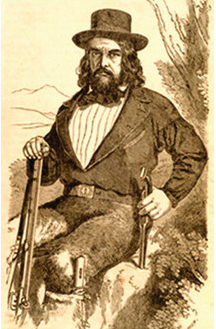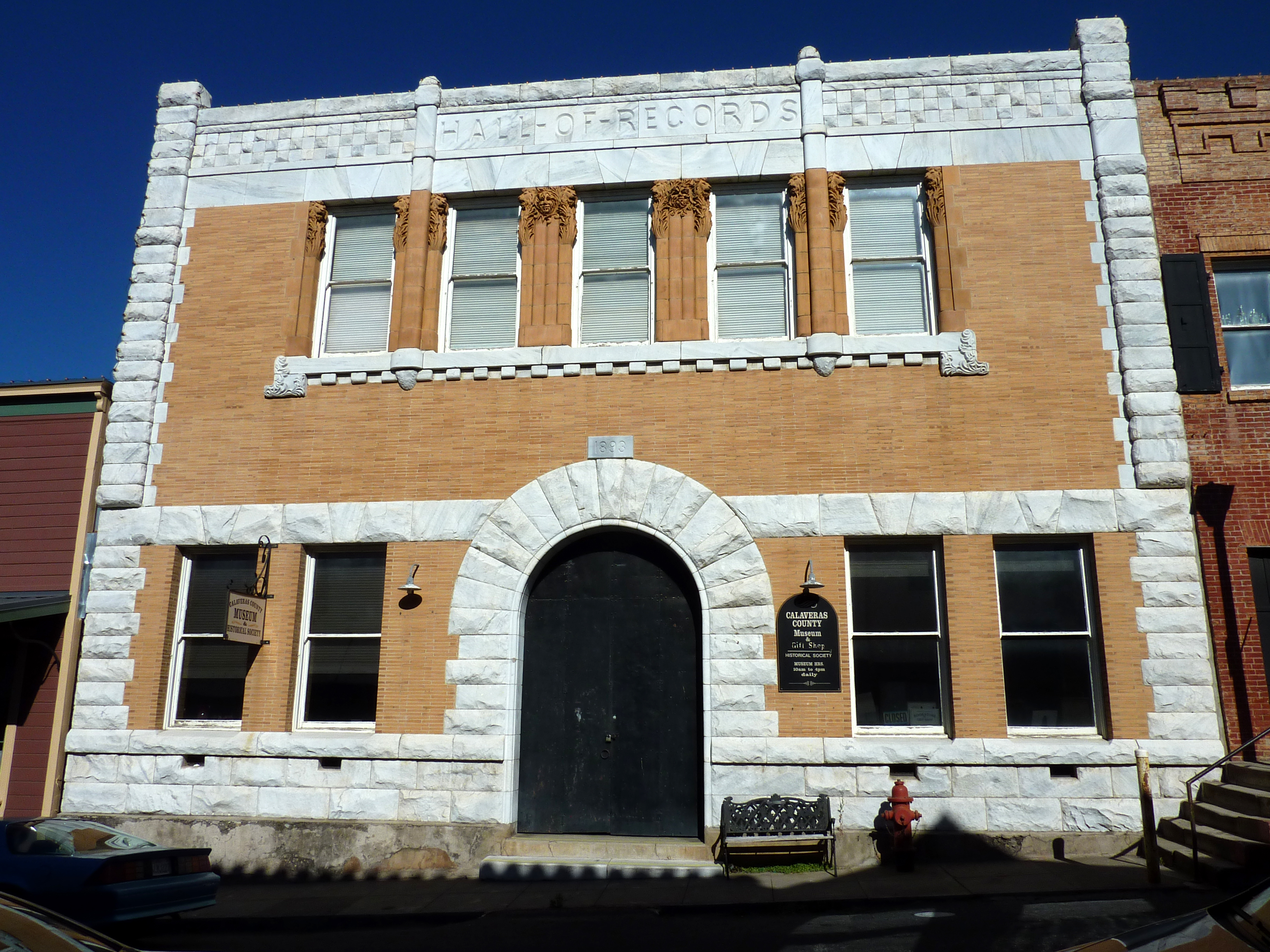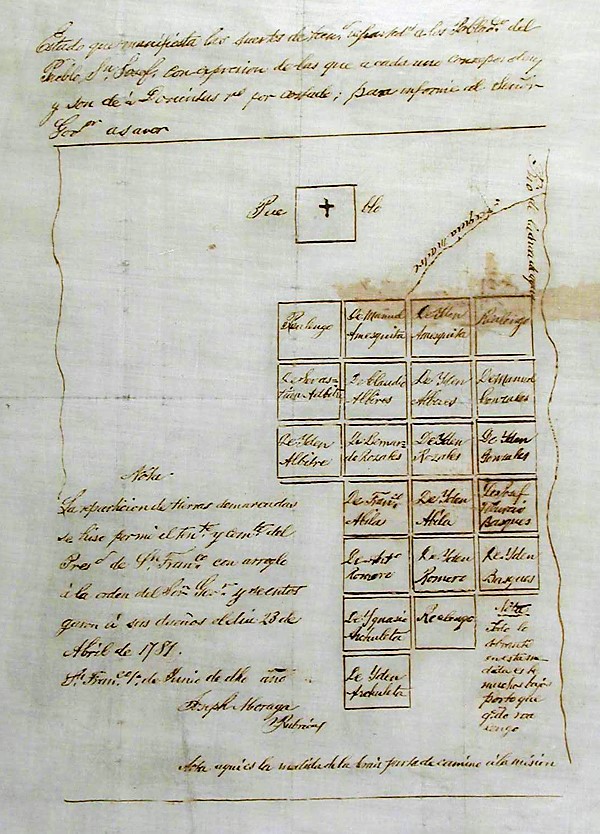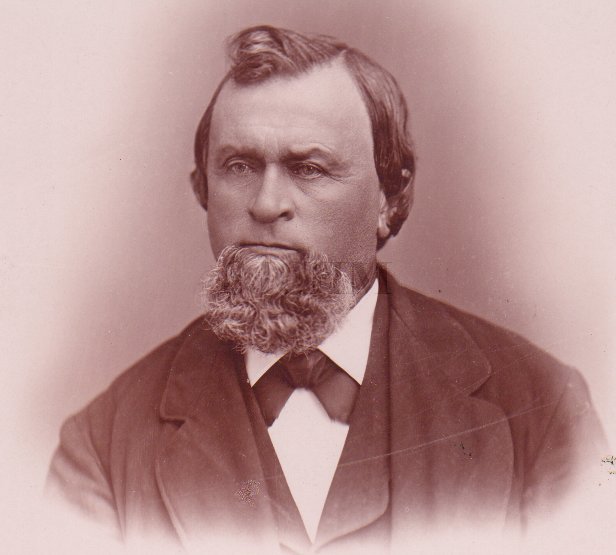|
The Life And Adventures Of Joaquín Murieta
''The Life and Adventures of Joaquín Murieta: The Celebrated California Bandit'' (1854) was published by John Rollin Ridge, writing as "Yellow Bird". It is considered to be one of the first novels written in California and the first novel to be published by a Native American., p. 33 The novel describes the life of a legendary bandit named Joaquín Murrieta who, once a dignified citizen of Mexico, becomes corrupt after traveling to California during the Gold Rush. Published as a fictional biography, the book was taken as truth by many historians of the time. The novel received mass attention and was translated to various European languages, including French and Spanish. The novel was also highly plagiarized and Ridge never received the economic gain he hoped for. Author biography John Rollin Ridge was born in the Cherokee Nation in New Echota in 1827 (now Georgia). He was given the Cherokee name ''Chees-quat-a-law-ny,'' or Yellow Bird. His father Major Ridge and grandfat ... [...More Info...] [...Related Items...] OR: [Wikipedia] [Google] [Baidu] |
John Rollin Ridge
John Rollin Ridge (Cherokee name: Cheesquatalawny, or Yellow Bird, March 19, 1827 – October 5, 1867), a member of the Cherokee Nation, is considered the first Native American novelist. After moving to California in 1850, he began to write. He is known for his novel ''The Life and Adventures of Joaquin Murieta: The Celebrated California Bandit'' (1854), based on a notorious outlaw of the period. His father John Ridge had been assassinated in 1839 in Indian Territory, after removal, by Cherokee who condemned his having signed a treaty to cede communal land to the United States. Ridge was taken by his mother to Fayetteville, Arkansas, for safety. He later attended school in Massachusetts. After returning to Arkansas, he read the law, set up a practice and married. In 1850 he went West in the California Gold Rush, where his wife and daughter later joined him. There he started writing – both poetry and essays. In his novel and other works, he criticized American racism towar ... [...More Info...] [...Related Items...] OR: [Wikipedia] [Google] [Baidu] |
Mokelumne Hill
Mokelumne Hill (''Mokelumne'', Miwok for "People of the Fish Net") is a census-designated place (CDP) in Calaveras County, California, United States. The population was 646 at the 2010 census, down from 774 at the 2000 census. It is commonly referred to as "Moke Hill" by locals. The town takes its name from the neighboring Mokelumne River, which in turn is Miwok for the "people of Mokel," the likely name of a Native American village in the area. History Mokelumne Hill was one of the richest gold mining towns in California. Founded in 1848 by a group of Oregonians, the placers were so rich that the miners risked starvation rather than head to Stockton to replenish their supplies (one finally did and made it rich by becoming a merchant). Soon after, gold was discovered in the nearby hills, so much so that miners were restricted to claims of , and yet many of those claims were reported to have paid up to $20,000. By 1850 the town was one of the largest in the area. Its population ... [...More Info...] [...Related Items...] OR: [Wikipedia] [Google] [Baidu] |
Chaparral Hill
Chaparral ( ) is a shrubland plant community and geographical feature found primarily in the U.S. state of California, in southern Oregon, and in the northern portion of the Baja California Peninsula in Mexico. It is shaped by a Mediterranean climate (mild wet winters and hot dry summers) and infrequent, high-intensity crown fires. Chaparral features summer-drought-tolerant plants with hard sclerophyllous evergreen leaves, as contrasted with the associated soft-leaved, drought-deciduous, scrub community of coastal sage scrub, found often on drier, southern facing slopes within the chaparral biome. Three other closely related chaparral shrubland systems occur in central Arizona, western Texas, and along the eastern side of central Mexico's mountain chains (mexical), all having summer rains in contrast to the Mediterranean climate of other chaparral formations. Chaparral comprises 9% of California's wildland vegetation and contains 20% of its plant species. The name comes from th ... [...More Info...] [...Related Items...] OR: [Wikipedia] [Google] [Baidu] |
San Andreas, California
San Andreas (Spanish for "St. Andrew") is an unincorporated census-designated place and the county seat of Calaveras County, California. The population was 2,783 at the 2010 census, up from 2,615 at the 2000 census. Like most towns in the region, it was founded during the California Gold Rush. The town is located on State Route 49 and is registered as California Historical Landmark #252. History Settled by Mexican gold miners in 1848 and named after the Catholic parish St. Andrew, the town has been a noted mining camp since early days. The gold from the initially discovered placers gave out after a few years, but the discovery of gold in an underground river channel in 1853 revitalized the camp and it soon became a town. Mining of the channels was lucrative enough for the town to completely rebuild after fires in 1858 and 1863. The gold discovered here contributed greatly to the success of the Union during the Civil War. In 1866, San Andreas became the seat of Calaveras Count ... [...More Info...] [...Related Items...] OR: [Wikipedia] [Google] [Baidu] |
Espionage
Espionage, spying, or intelligence gathering is the act of obtaining secret or confidential information (intelligence) from non-disclosed sources or divulging of the same without the permission of the holder of the information for a tangible benefit. A person who commits espionage is called an ''espionage agent'' or ''spy''. Any individual or spy ring (a cooperating group of spies), in the service of a government, company, criminal organization, or independent operation, can commit espionage. The practice is clandestine, as it is by definition unwelcome. In some circumstances, it may be a legal tool of law enforcement and in others, it may be illegal and punishable by law. Espionage is often part of an institutional effort by a government or commercial concern. However, the term tends to be associated with state spying on potential or actual enemies for military purposes. Spying involving corporations is known as industrial espionage. One of the most effective ways to gath ... [...More Info...] [...Related Items...] OR: [Wikipedia] [Google] [Baidu] |
San Jose, California
San Jose, officially San José (; ; ), is a major city in the U.S. state of California that is the cultural, financial, and political center of Silicon Valley and largest city in Northern California by both population and area. With a 2020 population of 1,013,240, it is the most populous city in both the Bay Area and the San Jose–San Francisco–Oakland, CA Combined Statistical Area, San Jose-San Francisco-Oakland Combined Statistical Area, which contain 7.7 million and 9.7 million people respectively, the List of largest California cities by population, third-most populous city in California (after Los Angeles and San Diego and ahead of San Francisco), and the List of United States cities by population, tenth-most populous in the United States. Located in the center of the Santa Clara Valley on the southern shore of San Francisco Bay, San Jose covers an area of . San Jose is the county seat of Santa Clara County, California, Santa Clara County and the main component of the San ... [...More Info...] [...Related Items...] OR: [Wikipedia] [Google] [Baidu] |
Calaveras County
Calaveras County (), officially the County of Calaveras, is a county in both the Gold Country and High Sierra regions of the U.S. state of California. As of the 2010 census, the population was 45,292. The county seat is San Andreas. Angels Camp is the county's only incorporated city. ''Calaveras'' is Spanish for "skulls"; the county was reportedly named for the remains of Native Americans discovered by the Spanish explorer Captain Gabriel Moraga. Calaveras Big Trees State Park, a preserve of giant sequoia trees, is in the county several miles east of the town of Arnold on State Highway 4. Credit for the discovery of giant sequoias there is given to Augustus T. Dowd, a trapper who made the discovery in 1852 while tracking a bear. When the bark from the "Discovery Tree" was removed and taken on tour around the world, the trees became a worldwide sensation and one of the county's first tourist attractions. The uncommon gold telluride mineral calaverite was discovered in the cou ... [...More Info...] [...Related Items...] OR: [Wikipedia] [Google] [Baidu] |
Stockton, California
Stockton is a city in and the county seat of San Joaquin County, California, San Joaquin County in the Central Valley (California), Central Valley of the U.S. state of California. Stockton was founded by Carlos Maria Weber in 1849 after he acquired Rancho Campo de los Franceses. The city is named after Robert F. Stockton, and it was the first community in California to have a name not of Spanish or Native American origin. The city is located on the San Joaquin River in the northern San Joaquin Valley. Stockton is the List of largest California cities by population, 11th largest city in California and the List of United States cities by population, 58th largest city in the United States. It was named an All-America City Award, All-America City in 1999, 2004, and 2015 and again in 2017. Built during the California Gold Rush, Stockton's seaport serves as a gateway to the Central Valley and beyond. It provided easy access for trade and transportation to the southern gold mines. The Un ... [...More Info...] [...Related Items...] OR: [Wikipedia] [Google] [Baidu] |
Jackson, California
Jackson (formerly, Botilleas, Botilleas Spring, Bottileas, Bottle Spring, and Botellas) is a city in and the county seat of Amador County, California. Its population was 4,651 at the 2010 census, up from 3,989 at the 2000 census. The city is accessible by both California State Route 49, State Route 49 and California State Route 88, State Route 88. Geography and geology According to the United States Census Bureau, the city has a total area of , all of it land. Jackson Creek (Dry Creek), Jackson Creek traverses the city. Alluvial soils such as Pardee cobbly loam is found throughout the Jackson area. History Early history The area was inhabited by the Northern Sierra Indians, who occupied areas along creeks, spring, and seep areas, including permanent and seasonal drainages, flat ridges, and terraces. Therefore, areas along watercourses are considered likely locations for prehistoric cultural resources. Permanent villages were usually placed on elevations above seasonal flood ... [...More Info...] [...Related Items...] OR: [Wikipedia] [Google] [Baidu] |
San Gabriel, California
San Gabriel (Spanish for " St. Gabriel") is a city located in the San Gabriel Valley of Los Angeles County, California. At the 2010 census, the population was 39,718. San Gabriel was founded by the Spanish in 1771, when Mission San Gabriel Arcángel was established by Saint Junípero Serra. Through the Spanish and Mexican periods, San Gabriel played an important role in the development of Los Angeles and Californio society. Owing to the prominence of Mission San Gabriel in the region's history, it is often called the "birthplace of the Los Angeles region". History Prior to the arrival of the Spanish to Alta California, the area that is now San Gabriel was inhabited by the Tongva , whom the Spanish called the ''Gabrieleño.'' The Tongva name for the San Gabriel region has been reconstructed as ''Shevaa''. The village of Toviscanga was located at the site where Mission San Gabriel would be constructed. Spanish period Mission San Gabriel Arcángel, founded by Father Juníper ... [...More Info...] [...Related Items...] OR: [Wikipedia] [Google] [Baidu] |
Grizzly Bear
The grizzly bear (''Ursus arctos horribilis''), also known as the North American brown bear or simply grizzly, is a population or subspecies of the brown bear inhabiting North America. In addition to the mainland grizzly (''Ursus arctos horribilis''), other morphological forms of brown bear in North America are sometimes identified as grizzly bears. These include three living populations—the Kodiak bear (''U. a. middendorffi''), the Kamchatka bear (''U. a. beringianus''), and the peninsular grizzly (''U. a. gyas'')—as well as the extinct California grizzly (''U. a. californicus''†), Mexican grizzly (formerly ''U. a. nelsoni''†), and Ungava-Labrador grizzly (formerly ''U. a. ungavaesis''†). On average, grizzly bears near the coast tend to be larger while inland grizzlies tend to be smaller. The Ussuri brown bear (''U. a. lasiotus''), inhabiting Russia, Northern China, Japan, and Korea, is sometimes referred to as the "black grizzly", although it is no more closely ... [...More Info...] [...Related Items...] OR: [Wikipedia] [Google] [Baidu] |








